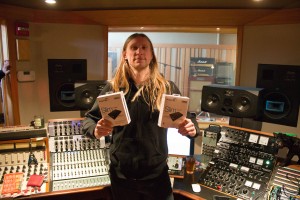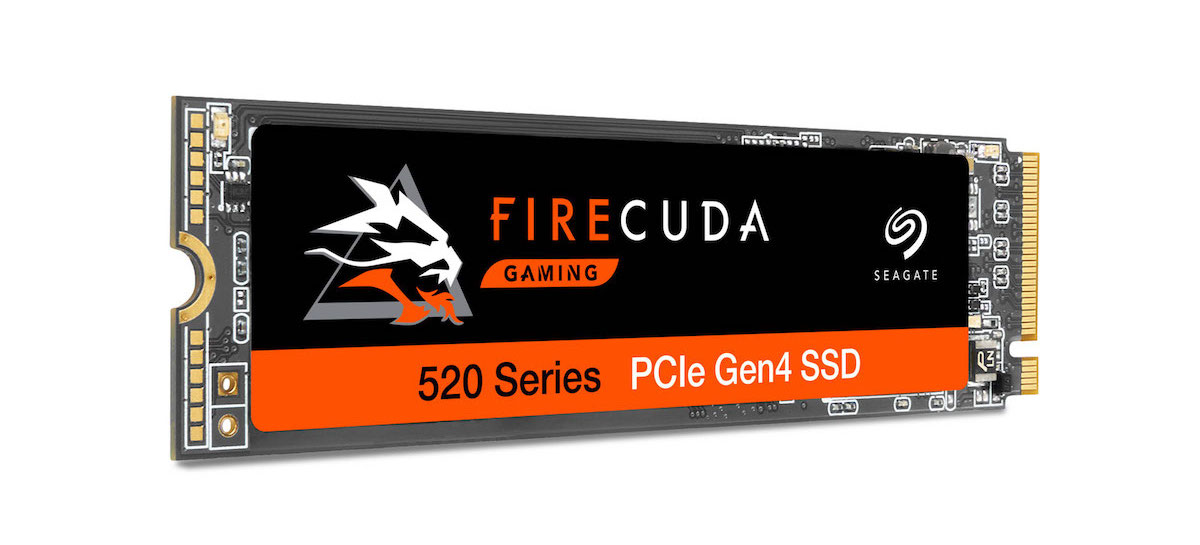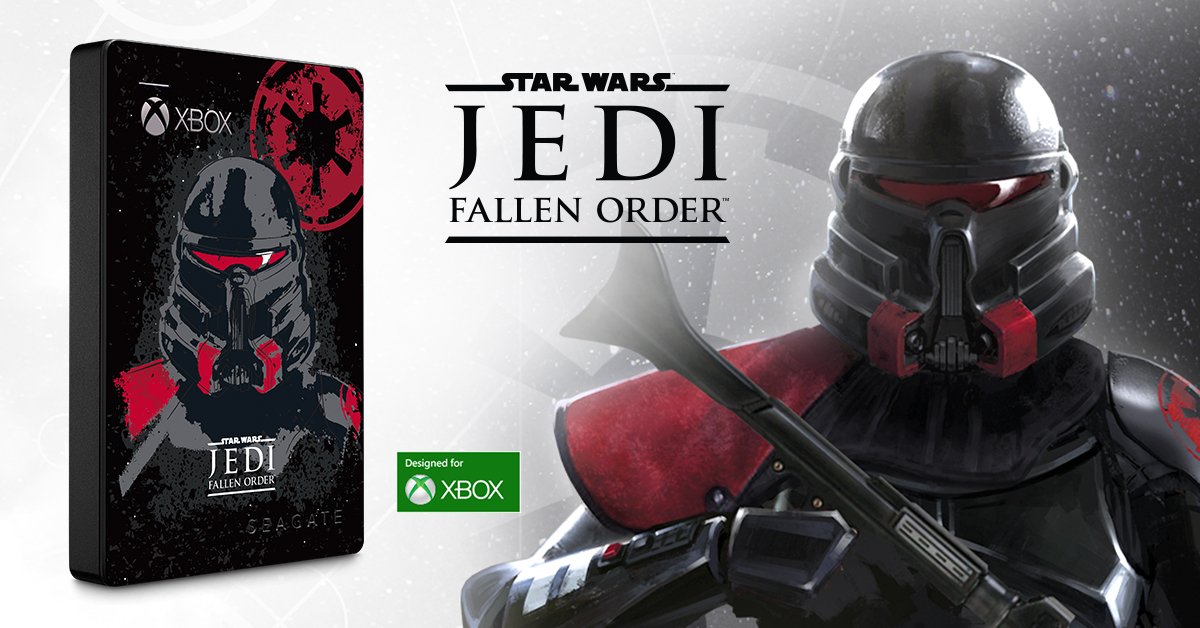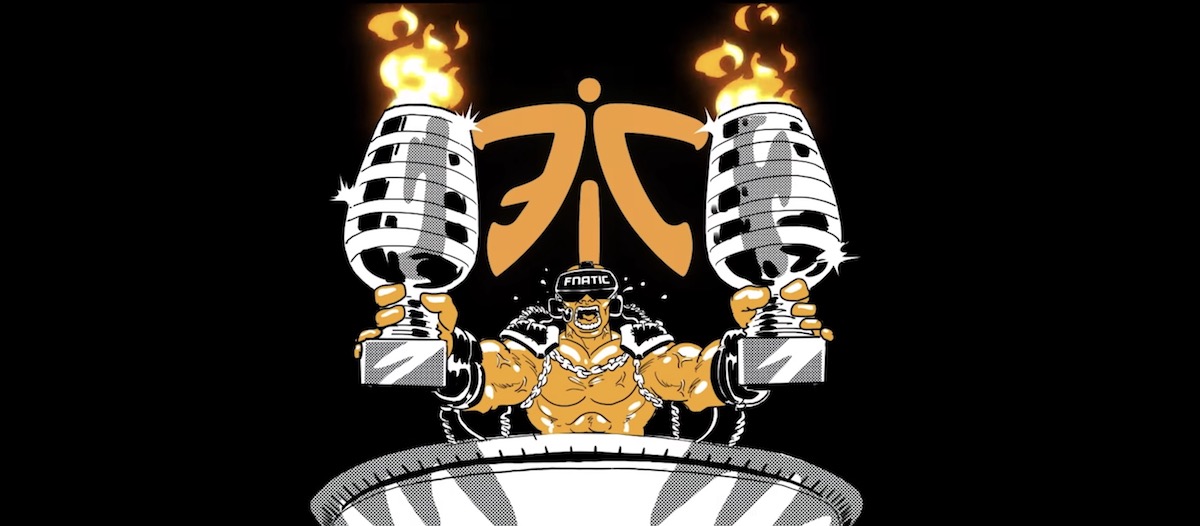Are you a fan of heavy metal? Curious how today’s Metal masters make their monstrous music? Then put on your studded wristbands, throw your metal horns in the air and read this interview with Skeletonwitch guitarist, Scott Hedrick. If you’re not familiar with this heavy metal band originally from Ohio, you’ll definitely want to check out their official site and sample some of their music on available on their Facebook page.
SeagateCreative: Taking into account how long Skeletonwitch has been peforming together, how important is it to you to back up your music?
Scott Hendrick: Backing up digital assets is very important for us! We’ve been a band for 10 years so the amount of “stuff” we’ve accumulated is ridiculous.
For example all the demo tracks, early mixes of albums, artwork for t-shirts and albums, tour itineraries, invoices, tax documents, etc….
We want to keep all that stuff for many reasons, such as reprinting artwork, re-issuing old albums, having promoter and venue contact info handy, possible IRS audits and just plain Having a digital hard drive to store that stuff keeps us from ending up on an episode of “Hoarders.” Of course we’d be on the grim, black metal edition of Hoarders, but we’d still make the cut.
SeagateCreative: Have you ever had a situation where you lost your assets? What do you do to preserve your work?
Scott Hendrick: Thankfully the band has never lost any crucial data. I believe our singer, Chance (Garnette), had a laptop stolen once and he lost a bunch of personal stuff. That’s never fun. Hopefully he didn’t have any “nudes” saved on that computer. Although, I don’t take him for a “nude-selfie” type of guy. 🙂
SeagateCreative: Oh my! So when you’re in the studio, what’s your process to record an album?
Scott Hendrick: We just recorded our 4th full-length album, so though the songs and sounds change, we have our methods down to a science. One thing that is key is coming in prepared.
We arrive at the studio with a clear picture of all the songs, all the dynamics, and how we want things to sound. Of course, once you’re knee deep in the project different ideas spring to mind and little changes will be made. That’s only natural. But I would stress coming in to the studio prepared.
We always record the drums first. We spend an entire day just working on getting the drums to sound exactly how we want them to. Then the next several days are spent recording the drums while Nate (Garnette), our other guitarist, plays guitar along with the drummer to help keep time and provide feeling.
When the drums are done (usually takes around 4 or 5 days) we work on finding guitar sounds. Once the basic rhythm sounds are locked in, we track all the rhythm guitar parts for the album. Then we find a lead guitar tone and add on all the guitar solos and higher-string guitar melodies.
Then we repeat the process for bass and finally vocals. After that we make various tweaks, add dynamics, sometimes subtly change a part or an accent. Once things are sounding good, structurally and tonally, we sit down with the producer, in this case Kurt Ballou, and provide feedback while he mixes all the sounds together.
Once we get it where we like it, we send it off to the record label so they can say that it sucks and we have to start all over! (Only kidding!!) That’s never happened. In fact, they were gushing about this new record. Which actually sort of scares me because they’re usually more reserved in their comments, good or bad. 🙂
So that, in a simplified nutshell, is how we make a record. Oh, and every night when we stop recording, we back everything up onto external hard drives. 🙂
SeagateCreative: When you’re looking to collaborate with someone for a particular project, what do you look for and how does that impact the creative the process?
Scott Hendrick: We look for someone who will do what we say! Hahaha! Kidding! We’ve never worked with a co-writer, studio musician, or side player, so I can’t speak to that.
But with an engineer/producer the first thing we look at is their body of work. In this instance, we loved the sound of many records produced by Kurt Ballou. Fortunately for us, we were able to ask around and get first hand accounts about his ability/demeanor/personality in the studio as well. All reports were highly positive, by the way, so we hit him up, he agreed to do it, and the rest is history.
Since the larger part of the creative process (writing the songs) was completed before we entered the studio, Kurt’s creative influence largely came in the form of dynamics and spicing things up. He came up with some great rhythm and accent ideas, he fixed some harmonies I wrote that clashed a little, had a great idea for adding a harmony part to a riff, added “noisy” ambiance to a part. Details like that. And hey, the devil is in the details! Haha!









Leave A Comment